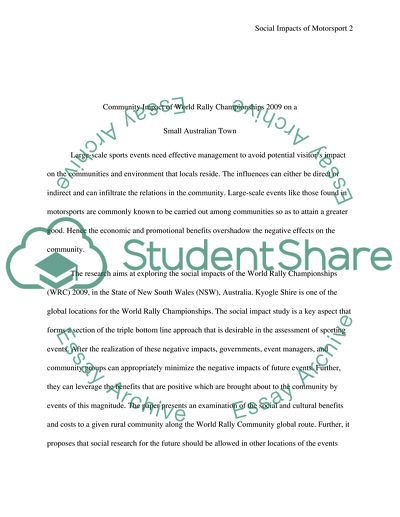Cite this document
(“Motorsport Research Paper Example | Topics and Well Written Essays - 2250 words”, n.d.)
Motorsport Research Paper Example | Topics and Well Written Essays - 2250 words. Retrieved from https://studentshare.org/miscellaneous/1693357-motorsport
Motorsport Research Paper Example | Topics and Well Written Essays - 2250 words. Retrieved from https://studentshare.org/miscellaneous/1693357-motorsport
(Motorsport Research Paper Example | Topics and Well Written Essays - 2250 Words)
Motorsport Research Paper Example | Topics and Well Written Essays - 2250 Words. https://studentshare.org/miscellaneous/1693357-motorsport.
Motorsport Research Paper Example | Topics and Well Written Essays - 2250 Words. https://studentshare.org/miscellaneous/1693357-motorsport.
“Motorsport Research Paper Example | Topics and Well Written Essays - 2250 Words”, n.d. https://studentshare.org/miscellaneous/1693357-motorsport.


